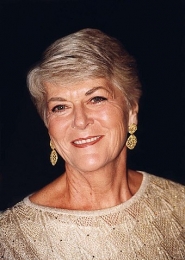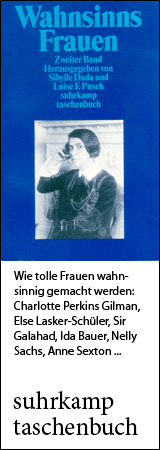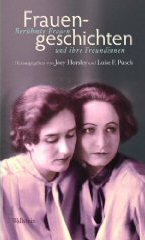
(Geraldine Anne Ferraro)
born on August 26, 1935, in Newburgh, New York, United States
died on March 26, 2011, in Boston, Massachusetts, United States
American politician
90th birthday on August 26, 2025
Biography
Ferraro's grandmother and mother play the leading roles in her memoirs. Her assertive mother was a role model. Born on August 26, 1935, as the fourth child of Dominick and Antonetta Corrieri Ferraro, Geraldine lost her father at the age of eight. Her mother struggled to make ends meet as a seamstress. Her overriding goal was to ensure that her two surviving children, Carl and Geraldine, received the best possible education. Her gifted daughter attended a Catholic girls' school and, at the age of 16, received a scholarship to Marymount College in Manhattan. Ferraro became a teacher and taught English for five years in public schools in New York. In the evenings, she studied law. However, during the first thirteen years of her marriage, she devoted herself to her husband and three children and only worked part-time as a lawyer. That changed in 1974 when Ferraro became a district attorney in Queens. Wanting “not only to put criminals in jail, but to change the social conditions that lead to crime,” she soon began to consider a career in politics. Her friend Mario Cuomo, later governor of New York State, suggested she try her hand at the national level.
Even though she was unknown and an outsider, she won her first election in 1978 and went to Washington for three terms, where she fought for the ERA (Equal Rights Amendment), for the rights of the elderly, and for pension reform that ended discrimination against women.
The spectacular breakthrough for women in US politics then came almost unexpectedly. Although feminists and the few women in Congress at the time had worked towards the goal, few had expected a breakthrough as early as 1984. Her name was on the Democratic women's wish list, but the congresswoman from Queens hesitated to run for vice president in the presidential election. However, the so-called “gender gap” had already been recognized, and a weapon was needed against the seemingly invincible Ronald Reagan. The decision was “difficult” for Walter Mondale and not without risk; his hope, according to the press at the time, was that the liberal Ferraro would attract not only more women but also workers and ethnic groups. At the Democratic Party convention on July 14, 1984, Gerry Ferraro was nominated unanimously.
Perhaps the women had rejoiced too soon. Ferraro was sharply attacked—with her husband, John Zaccaro, for their finances, and she in particular by the Catholic Church for supporting abortion rights. It was also suggested that, as a woman, she would not have the courage to “push the button” in the event of a nuclear war. Outdated prejudices against Italian Americans surfaced. Ferraro fought back with all her intelligence and energy, and also proved herself a skilled debater in her exchanges with George Bush.
Although Mondale/Ferraro lost the 1984 election to Reagan/Bush, Gerry Ferraro remains unforgettable: she paved the way for many politically ambitious women of the next generation.
(Text from 2004; translated with DeepL.com; edited by Ramona Fararo, 2025.
Please consult the German version for additional information, pictures, sources, videos, and bibliography.)
Author: Margaret Ward
If you hold the rights to one or more of the images on this page and object to its/their appearance here, please contact Fembio.



